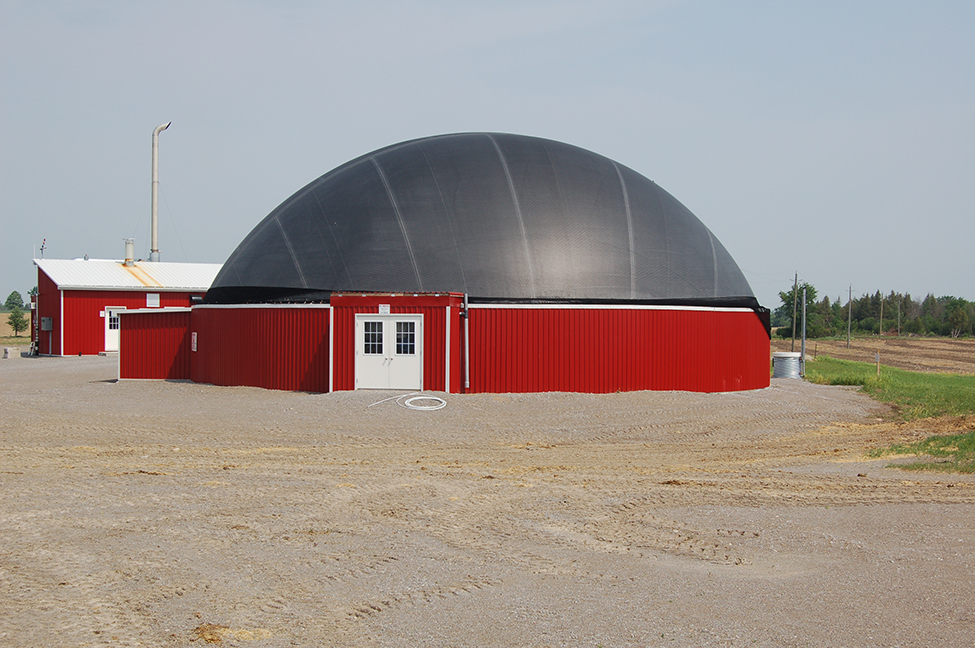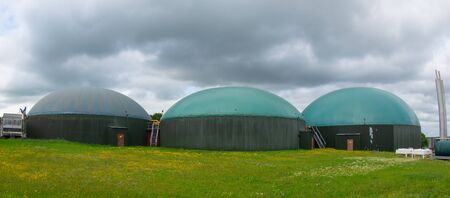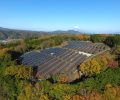Anaerobic digestion of organic matter forms the biogas. This is a sequence of processes in which microbes in the absence of oxygen break down the biodegradable wastes. It has advantages in both industrial areas as well as for domestic purposes. In other words, it is very much beneficial in managing waste, and in producing fuels.
Biogas is one of the advanced forms of bioenergy. The anaerobic digestion of different biomass sources produces it. These can be food waste, manure, livestock, agricultural remains, sewage. Even you can get it from organic waste from landfills. This fuel has many purposes. It may include cooking, heating, lighting, for the generation of power. Its application is versatile. One of the renewable energy sources is biogas. By generating this you can easily reduce greenhouse gas emissions. Also, the risk of pollution to waterways and organic waste reduces. When displacing fossil fuels, this gas can create further emission reductions. Sometimes it may result in carbon negative systems.https://en.wikipedia.org/wiki/Renewable_energy
https://en.wikipedia.org/wiki/Renewable_energy
Biogas as a Renewable Source of Energy
Similarly, nowadays fossil fuels generate the major portion of energy consumption. Biogas is the source of energy. It has many significant environmental benefits. The main advantage of this however, is that it is a renewable source of energy. We all need to look for ways of its share increase. This is very necessary. One of the possible ways, for instance, is the new substrate digestion. The possible materials for fermentation are biomass and processed biodegradable wastes. Farmstead consisted of the Biogas plants constructed within. Here, after that, there is the treatment of the livestock and poultry wastes. This gas is predominantly used at the farmstead in gas engines for the production of heat. Electric power from this gas generates mainly at wastewater treatment plants. Here, anaerobic digestion is used to stabilize raw sludge.
Anaerobic Digestion

For instance, nowadays many new biogas stations have been made which all is using anaerobic processes. They mostly treat biodegradable wastes and biomass. Microbes decompose the organic matter because there is absence of free oxygen. And convert it into methane, carbon dioxide, water, and other simple compounds. So it can be concluded that during methanization the microbes transform biodegradable matter into biogas which is clean energy. In this entire process, the matter is treated with high water content. This type of energy has great benefits such as good stability in storage and a great range of utilization.
Anaerobic digestion is a complex process. Several steps are there in the microbial decomposition of organic matter. As a result of this there is the production of the biogas and digestate. The first step of decomposition is hydrolysis. Macromolecule breaks down into molecular substances of low weight. In the next step, there is the hydrolization of the products. The second step is acidogenesis. In this step, we get many things such as fatty acids, alcohols, carbon dioxide, and hydrogen. The next stage is acetogenesis. In this step, the products of the second step are digested and carbon dioxide, hydrogen, and acetic acid are formed. Methanogenesis is the last stage. After that is a production of methane. The other products are carbon dioxide and water. All the steps are consecutive.
Products Formed

Two products are formed: Firstly, is the gaseous which is biogas. This is a mixture of many gases. Here the content of methane ranges from50% to 60 %. The content of methane depends on the type of substrate. Another one is a mixture of solid and liquid residues which is digestate. It is a stable material without any health problems & uses as fertilizer.
Utilization of the Biogas
There are many uses of this biogas. Firstly, this is used in combustion. Secondly, we get heat. Its uses are wide. Thirdly, from this electricity generates. Actually, it has many many uses and application.






